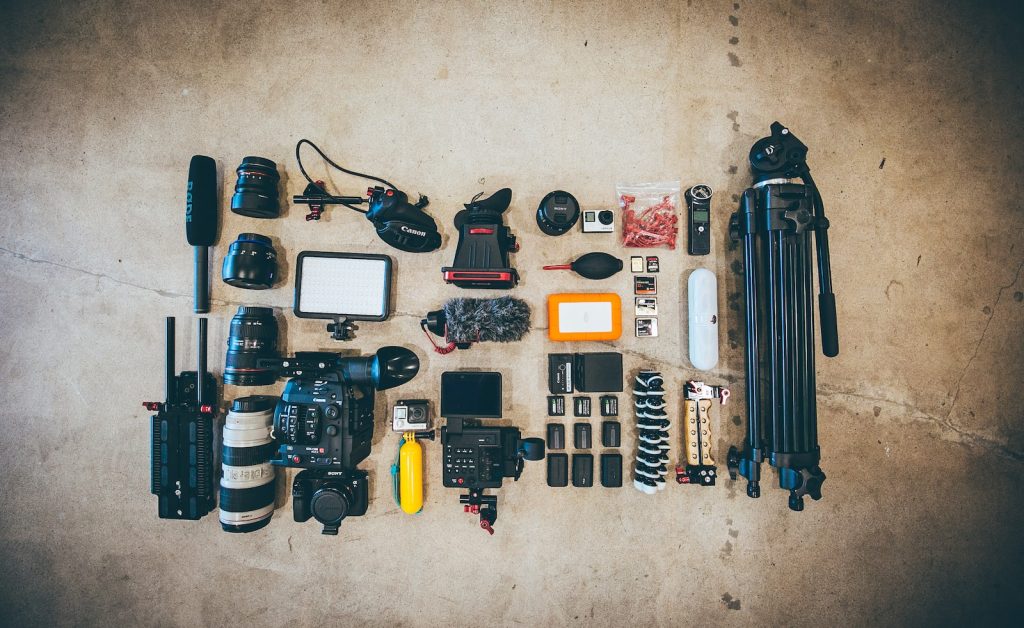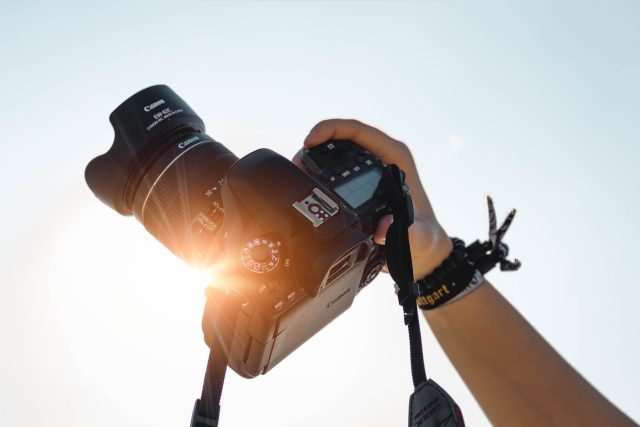Photography has come a long way over the past two centuries. From the invention of the camera in 1816 to modern-day digital photography, this article will discuss the development and evolution of photography during this time period. In particular, it will focus on how photography has changed from analog to digital, examining the technical and aesthetic changes. This article will look into how digital technology has revolutionized the art form of photography and impacted its use in many aspects of life.
Photography’s Evolution
Photography has come a long way since its inception in the early 19th century. From the first photographs made on metal plates and paper to the high-tech digital cameras of today, photography has evolved into a powerful and diverse medium for artistic expression, storytelling, and documentation. The invention of new technologies such as color film, the Polaroid camera, and digital cameras have allowed photographers to experiment with new forms, techniques, and aesthetics, resulting in a wide range of photographic styles and genres.
Today, photography is more accessible than ever, thanks to smartphones and social media platforms allowing people to capture and share their images with the world. As photography continues to evolve, it remains an essential part of our visual culture, serving as a means for communication, artistic expression, and historical documentation.
Early Photographic Methods
The early years of photography were marked by rapid experimentation and innovation as photographers sought to find ways to capture and preserve images. The first photographic process, known as the daguerreotype, was invented by French artist Louis Daguerre in 1839. This process involved exposing a silver-coated copper plate to light and then developing the plate with mercury vapor to create a highly detailed, one-of-a-kind image.
Another early photographic process was the calotype, invented by British scientist William Henry Fox Talbot around the same time as the daguerreotype. This process involved using a paper negative to produce multiple copies of an image, making it a more practical and accessible option for commercial photography.
In the mid-19th century, new processes such as wet plate collodion and albumen printing were developed, making it possible to produce larger and more detailed photographs. These processes involved coating glass or paper negatives with a light-sensitive solution, exposing the negative to light, and then developing the image on the surface of the plate or paper.
Despite the challenges and limitations of early photographic methods, photographers embraced the new medium for artistic expression and documentation. They experimented with different techniques and subjects, from landscapes and portraits to scientific documentation and industrial photography. These early photographs offer a fascinating glimpse into the past and provide a valuable record of historical events, people, and places. Today, they are considered important works of art and are collected by museums and private collectors worldwide.
Analog Photography
Analog photography uses traditional, non-digital methods to capture, develop, and print photographs. This includes film cameras and darkroom techniques, the primary photography methods for much of the 20th century.
Analog photography requires a certain level of technical skill and knowledge, as photographers must understand how to use light, composition, and exposure to produce the desired image. The process begins with selecting the right film for the desired effect, which can vary in terms of color, contrast, and grain.
Once the film is exposed in the camera, it must be developed using a series of chemical baths that bring out the latent image on the film. This process requires precise timing, temperature control, and careful handling of the chemicals to avoid contamination and damage to the film.
After the film is developed, it can be printed in the darkroom using an enlarger, which projects the image onto light-sensitive paper. Again, this process requires precise timing, exposure control, and careful handling of the chemicals to achieve the desired results.
Analog photography offers a unique aesthetic that cannot be replicated with digital methods. The film produces a distinctive look and feels, with variations in color, contrast, and grain that are unique to each type of film. In addition, the hands-on process of developing and printing photographs in the darkroom allows for greater control and artistic expression.
Despite the widespread adoption of digital photography, analog photography remains a popular and important medium for photographers and artists worldwide. It continues to offer a unique and creative way of capturing and expressing the world around us.
Digital Photography
Digital photography is a relatively new form of photography that has become increasingly popular since the introduction of the first consumer digital cameras in the 1990s. It involves using a digital camera to capture images, which are then stored electronically as digital files.
Digital photography has several advantages over analog photography. First, it allows for immediate feedback, as the photographer can view the image on the camera’s screen right after capturing it. This allows for quick adjustments to be made to the exposure, composition, and other elements of the image.
In addition, digital photography offers greater flexibility in terms of image processing and manipulation. Digital images can be edited and enhanced using various software programs, allowing for greater creative control over the final image.
Digital cameras also offer a wide range of features and settings that allow photographers to customize the camera to their specific needs and preferences. This includes options for adjusting the shutter speed, aperture, ISO, and other settings, as well as the ability to shoot in RAW format, which captures more data and provides greater flexibility in post-processing.
One of the main advantages of digital photography is the ease and convenience of sharing and storing images. Digital files can be easily transferred to a computer, smartphone, or other devices and shared online or via social media. They can also be backed up and stored in the cloud, providing a safe and convenient way to preserve and access images.
Overall, digital photography has revolutionized how we capture and share images, providing a powerful and accessible means of artistic expression and documentation.
Challenges Faced with Digital Cameras

While digital cameras offer many advantages over traditional analog cameras, they also present several challenges for photographers to overcome.
One of the biggest challenges digital photographers face is the high equipment cost. Digital cameras and lenses can be costly, and professional-level equipment can quickly become unaffordable for many photographers.
Another challenge is the rapid pace of technological change. With new cameras and software introduced yearly, photographers must constantly adapt and upgrade their equipment and skills to keep up with the latest trends and techniques.
Digital cameras can also be more complicated to use than traditional analog cameras. They often have a wide range of settings and options that can be difficult for novice photographers to navigate. In addition, digital cameras are highly reliant on batteries and can quickly drain power if not managed carefully.
Another challenge faced by digital photographers is the ease of image manipulation. While digital tools such as Photoshop offer photographers a wide range of editing and enhancement options, they also present the risk of creating fake or misleading images. This has raised concerns about the authenticity and truthfulness of digital photography.
Finally, digital cameras and their related equipment produce a lot of electronic waste. As new models are introduced, and old ones are discarded, the environmental impact of digital photography becomes a growing concern. Some photographers have responded by using more sustainable equipment and practicing responsible disposal of their digital gear.
Despite these challenges, digital photography remains a powerful and versatile tool for photographers and artists around the world. As technology continues to evolve, new opportunities and challenges will emerge, but the creative potential of digital photography will remain a vital and exciting part of the artistic landscape.
Photography’s Future
In conclusion, photography has come a long way since its early days as a chemical experiment. From the early daguerreotypes and wet plate collodion processes, to the advent of film and the rise of digital cameras, the evolution of photographic methods has transformed the way we capture and share images.
With each technological advancement, photography has opened up new possibilities for artistic expression and documentation. Along with these opportunities have come new challenges, such as the high cost of equipment, the rapid pace of technological change, and the risks associated with image manipulation.
Despite these challenges, digital photography in particular has revolutionized the way we approach the medium. The ability to instantly capture and view images, as well as the flexibility of digital post-processing, has made photography more accessible and intuitive than ever before.
Looking to the future, it is clear that photography will continue to evolve and adapt to new technologies and artistic trends. However, one thing remains constant: photography’s power to capture and convey the essence of a moment, a person, or a place. Whether through analog or digital methods, photography remains a vital and transformative part of the visual arts.






























